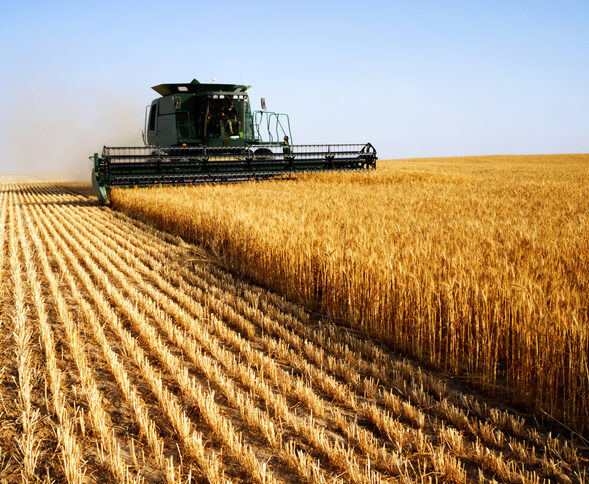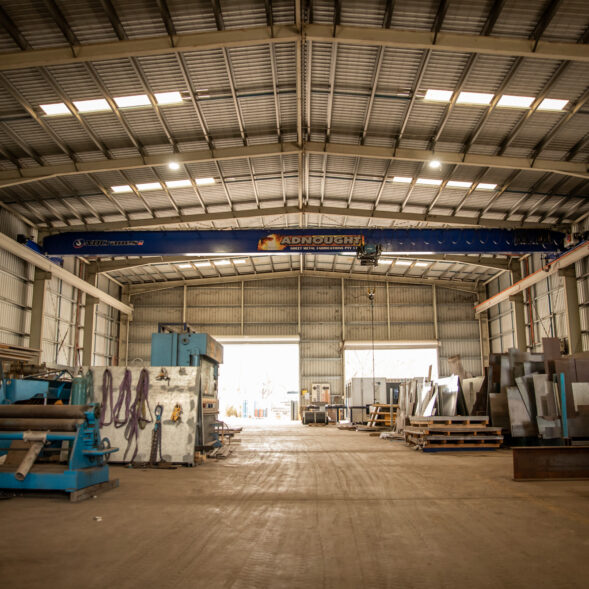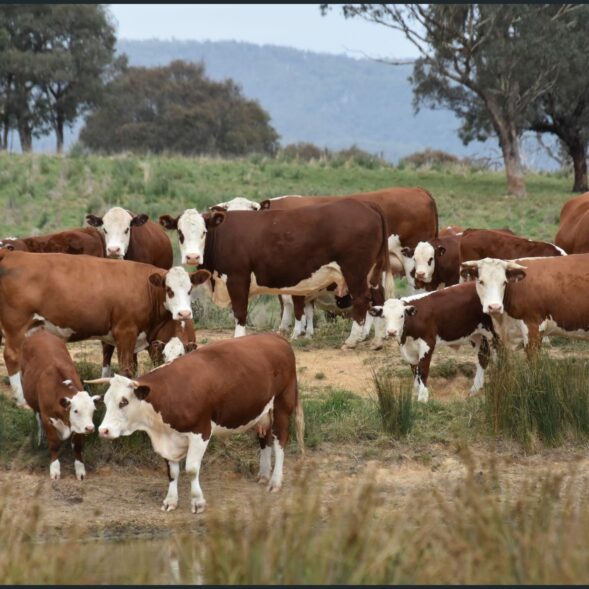Property remains one of our country’s most popular investment vehicles. However, as with all asset classes, market participation comes with a degree of risk. Returns in our real estate sector are shaped by broad economic and political forces, including financial market conditions, interest rate movements, construction costs, and overall economic stability.
Australia’s “property market” is, in reality, a collection of distinct submarkets. Property performance varies widely depending on location, property type, and price point. Localised factors significantly influence a property’s investment potential, with elements such as population shifts, environmental conditions, local economic drivers, and legislative changes all affecting returns.
The challenge for investors lies in navigating these complexities but accurate, region-specific insights can help.
This month, our residential teams analyse property investment across their service areas, examining current market trends and offering informed perspectives on where markets may be heading in the coming months and years. While these submissions cover hundreds of Australian suburbs, several common themes emerge throughout this month’s residential section.
Firstly, political uncertainty is a key consideration. The Federal Election in now scheduled for 3 May, and historically, this can lead to a temporary slowdown in market activity. However, for well-capitalised buyers, this could present a window of opportunity as Australia’s market typically returns to normal trading conditions once the election period has passed.
Financial markets and broader economic conditions remain highly influential. The recent interest rate cut has provided some relief, but many of our valuers believe further reductions are necessary before we see a material impact on property values. Additionally, global economic factors — such as shifts in international trade — are shaping market confidence.
Affordability remains a pressing issue in many locations. Several of our contributors have reported increased demand from first-home buyers, who are now outcompeting investors in several markets. Meanwhile, demand is growing for assets that generate multiple income streams, such as duplexes, triplexes, and flats buildings. These properties have become increasingly popular due to their higher-than-average rental yields and reduced vacancy risk.
Borderless investing has also gained momentum, with affiliated professionals, such as buyers’ agents, making it easier for investors to acquire property across state lines. However, purchasers must ensure their representatives are independent, trustworthy operators with comprehensive local market knowledge.
Turning to the commercial property sector, our teams this month discuss office markets across their service areas. While demand for office space is recovering, with an increasing number of staff returning to physical workplaces, performance continues to vary across different asset classes and locations. This reinforces the importance of specialist local insights for both investors and tenants.
For our rural readers, this month’s edition includes a comprehensive analysis of Australia’s horticultural property market. Our teams explore the performance of this vital primary production sector and the key factors influencing its trajectory in the year ahead.
All of this underscores the significance of expert local guidance when making property investment decisions. In an ever-evolving market, professional, independent advice remains crucial — something our team at Herron Todd White is proud to deliver.











